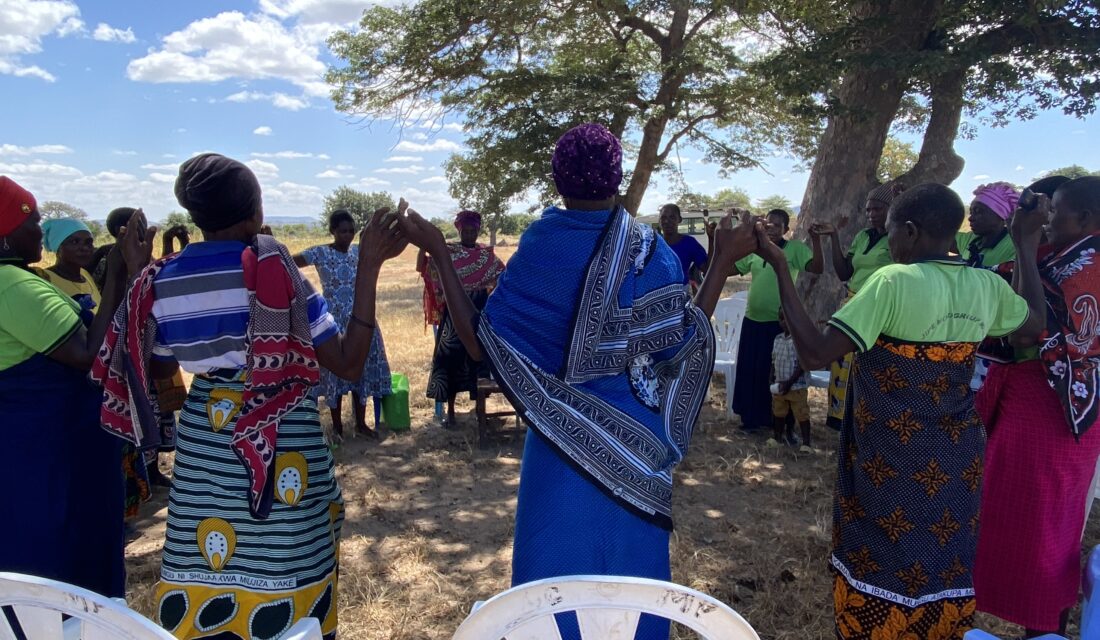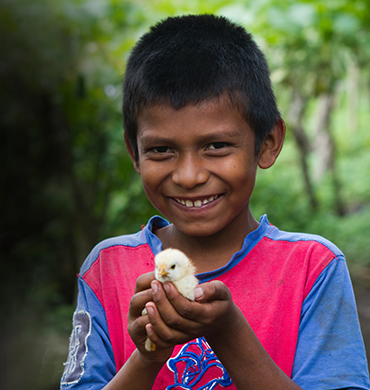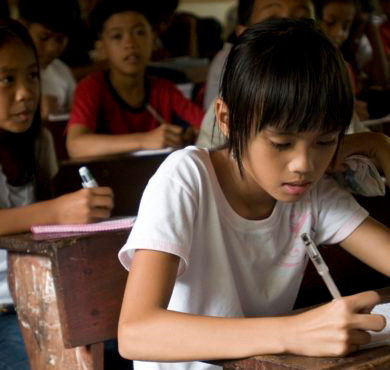Climate Resilience

Extreme weather events like heat waves, wildfires and floods are leaving millions of people without food and water. We partner with local organizations in remote communities to provide the knowledge, skills and financial support households need to navigate these challenges.
“Throughout the COVID-19 pandemic, and in other emergency situations, we have seen that the more resilient a community is, the better able it is to respond, cope and survive when a crisis hits. –Nagulan Nesiah, Senior Program Officer, Episcopal Relief & Development
Serving the most at-risk
In 2022, nearly 350 million people were endangered by not having access to adequate food, more than double the number in 2019. Often, those most at risk are isolated, rural, subsistence farming households , far from basic support services. We prioritize serving at-risk groups to create a more just society.
Goals
Episcopal Relief & Development focuses on strengthening rural livelihoods by creating economic stability, promoting sustainable agriculture practices and collaborating on disaster response strategies.
Creating economic stability
Extreme weather events can lead to financial catastrophe for the people who live through them. Oftentimes, food is in short supply and sold at high rates, making it difficult to afford for some families. Some people leave in search of less vulnerable areas to live, only to find high housing costs, few employment options and strained resources.
We enable households to pay for necessities and invest in their livelihoods through:
- Savings with Education (SwE) programs
- Financial management training on starting and expanding small businesses
- Partnerships that offer loans and options to help farmers mitigate financial risks.
Promoting climate resilient agriculture practices
According to the World Meteorological Organization, since 1970 the number of climate-related disasters has increased by 400 percent. We help reduce their impact on farming communities with education and training on:
- sustainable agriculture
- land management best practices
- producing different products from crops
- livelihood diversification that enables earning offseason income through methods other than farming.
Collaborating on disaster response strategies
While we work to build long-term resilience to climate change, we prepare for immediate response to disasters. We help communities prepare by developing disaster response strategies with local community groups. Strategies include installing early warning systems, identifying evacuation routes and developing household preparedness kits.
Learn more
Take a deep dive into our climate resilience strategy, tactics and impact goals. Then, hear from program participants about their experiences on the ground.
Explore our strategy | Read stories of change
Support Climate Resilience programs
Help us make a lasting difference in communities impacted by climate change and extreme weather. Donate to our climate resilience fund. 90 percent of every donor dollar supports locally-led programs that have a demonstrated impact.


